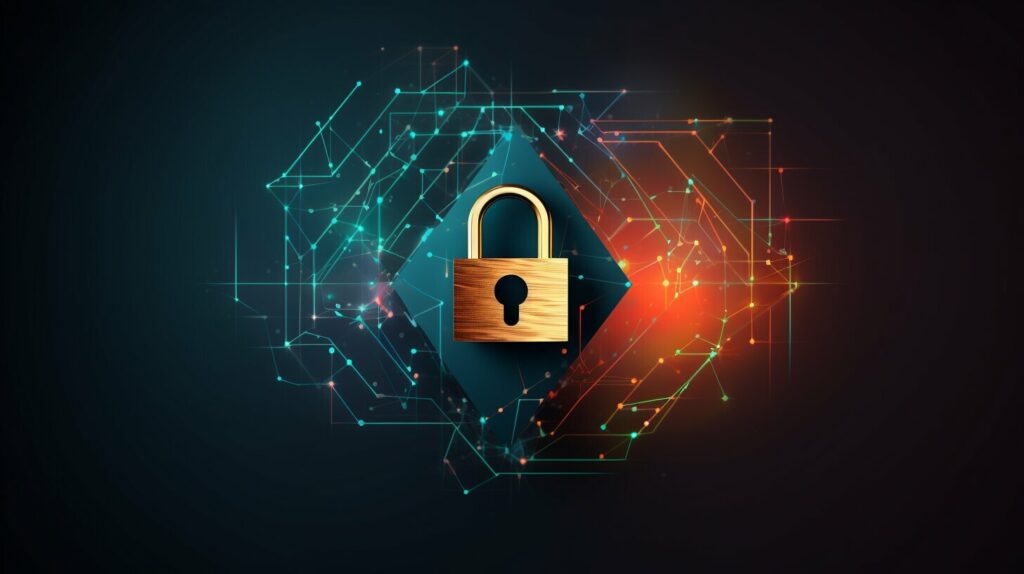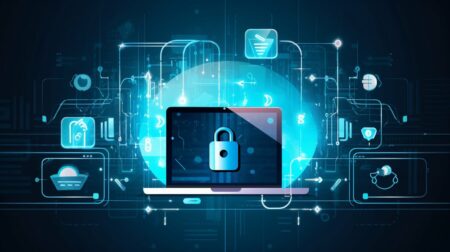In today’s digital age, email has become the primary mode of communication for individuals and businesses alike. However, with the increasing amount of sensitive information shared via email, securing email communication has become more critical than ever. End-to-end email encryption provides a secure way to communicate without compromising privacy.
Through end-to-end email encryption, messages are encrypted on the sender’s device and can only be decrypted by the recipient, ensuring that no one else can access the message content. This advanced security measure prevents unauthorized access, hacking, or interception of email messages, making it a reliable and secure way to communicate.
Key Takeaways:
- End-to-end email encryption is a secure way to communicate without compromising privacy.
- Encrypted messages can only be decrypted by the intended recipient, ensuring that no one else can access the message content.
- End-to-end encryption prevents unauthorized access, hacking, or interception of email messages, making it a reliable and secure way to communicate.
What is End-to-End Email Encryption?
End-to-end email encryption is a security measure that ensures that only the sender and recipient of the email can read the contents of the message. This means that even if a hacker or unauthorized user intercepts the email, they will be unable to access the information.
Encrypted email services use advanced algorithms to convert the contents of the message into a code that can only be deciphered by the intended recipient. The email is encrypted at the sender’s device and can only be decrypted at the recipient’s device, thereby minimizing the risk of interception.
End-to-end encryption is a crucial tool for safeguarding the confidentiality of email communication, particularly for individuals and businesses that handle sensitive information.

“End-to-end encryption is the most important thing for the privacy of communication. It’s what protects us from cybercrime, protects us from hacking.” – Jan Koum
The Importance of Email Privacy Solutions
Email has become an essential mode of communication for individuals and businesses alike. However, it is also one of the most vulnerable channels for data breaches and cyber-attacks. As technology advances, so do the techniques used by cybercriminals to exploit security weaknesses in email communication.
Without proper email privacy solutions, sensitive information can be intercepted, stolen, or manipulated. Personal and sensitive data may be exposed, leading to identity theft, financial fraud, and reputational damage.
It is crucial to implement robust email security measures that protect your privacy and secure your communication. This includes, but is not limited to, using end-to-end email encryption, strong passwords, and two-factor authentication.
In the next sections, we will explore the different email privacy solutions available and their benefits, so that you can make an informed decision and safeguard your digital communication.
Exploring Email Encryption Software
If you are looking for a secure email platform, there are various email encryption software options available in the market. These platforms range from free to premium, and the level of security and features offered varies accordingly.
One popular email encryption software is ProtonMail, which is a free, open-source email service that offers end-to-end encryption. ProtonMail encrypts all messages and contacts and does not track any user data, offering users complete privacy. Additionally, ProtonMail offers a user-friendly interface and cross-platform support, making it an ideal choice for users who value simplicity and security.
Another email encryption software option is Tutanota. Tutanota offers end-to-end encryption for emails and contacts and also supports encrypting calendar entries. Tutanota’s email encryption protocol uses the latest encryption algorithms to ensure maximum security. Tutanota also offers a feature-rich encrypted email solution, with features such as two-factor authentication, password recovery, and custom domains.
ProtonMail and Tutanota are just two examples of secure email platforms available. It is essential to explore various email encryption providers and compare their features to find the best fit for your needs. Some other popular secure email providers include Hushmail, StartMail, and Posteo.
Comparing Email Encryption Software Providers
When comparing email encryption software providers, there are some crucial factors to consider. Firstly, you will want to ensure that the software offers end-to-end encryption. This means that messages are encrypted on the sender’s device, decrypted on the recipient’s device, and can only be accessed by the sender and recipient. This ensures that no third party, including the email provider, can access the contents of the email.
Another essential factor to consider is the level of security offered. You will want to make sure that the email encryption software uses up-to-date encryption protocols and algorithms. Additionally, you may want to consider security features such as two-factor authentication and password recovery options.
Usability and ease of use are also crucial considerations when evaluating email encryption software. A platform that is user-friendly and intuitive can help ensure that encrypted email is accessible to a broad range of users. Additionally, compatibility with various devices and email clients can make encrypted email communication smoother and more convenient.
Finally, you will want to consider the reputation and trustworthiness of the email encryption software provider. Look for providers that have a proven track record of protecting user privacy and security and have transparent policies on data handling and storage.
Understanding Encrypted Message Protection
Encrypted message protection is a critical component of secure email solutions. It involves the use of advanced encryption algorithms to transform plain text into an unreadable code, which can only be deciphered by the intended recipient using a decryption key. This ensures that even if a message gets intercepted or hacked, the contents remain confidential and secure.
End-to-end email encryption offers the highest level of message protection, as it encrypts the message on the sender’s device and decrypts it on the recipient’s device. This eliminates any vulnerability in transit and ensures that the message remains fully encrypted and secure.
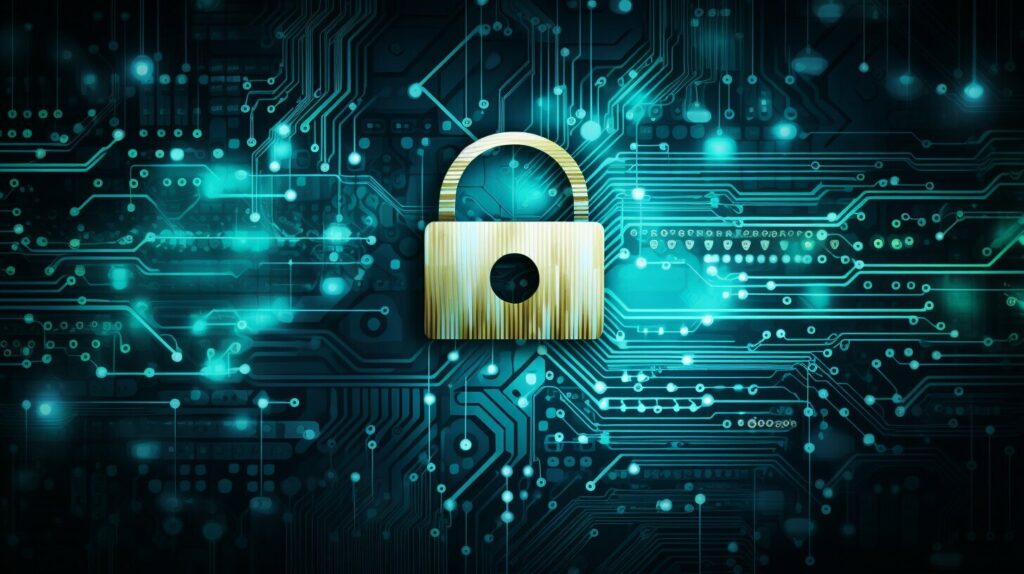
There are two primary types of encryption algorithms used for secure email communication:
- Symmetric encryption: This involves using a shared secret key to encrypt and decrypt messages. While it is fast and efficient, it is vulnerable to interception if the key is compromised.
- Asymmetric encryption: This uses a public key to encrypt the message and a private key to decrypt it. It is more secure than symmetric encryption, as the public key can be shared without compromising the security of the message.
End-to-end email encryption typically employs a combination of these algorithms to ensure optimal security and protection of messages. This level of protection is critical for individuals and businesses that handle sensitive information and rely on secure email communication.
Evaluating Secure Email Providers
Choosing the right email encryption software is essential to ensure secure email communication. With so many providers out there, it can be challenging to make an informed decision. Some key factors to consider when evaluating secure email providers include:
| Factor | Description |
|---|---|
| Security Features | Look for end-to-end encryption, 2-factor authentication, and secure password storage. |
| User-Friendliness | Ensure the software is easy to use and integrate with existing email clients. |
| Customer Support | Choose a provider that offers reliable and efficient customer support. |
It’s also important to consider the reputation and track record of the provider in terms of security and reliability. Look for reviews and testimonials from existing users to get a better sense of the provider’s strengths and weaknesses.
Some popular secure email platforms include ProtonMail, Tutanota, and Hushmail. Each provider has its own unique features and pricing plans, so it’s important to compare and contrast to find the best fit for your needs.
Take the time to evaluate different email encryption software options to find the best fit for your needs. Remember to prioritize security features, user-friendliness, and customer support.
Benefits of End-to-End Email Encryption
Email encryption provides a secure way to communicate via email, ensuring that sensitive information remains confidential and protected against unauthorized access. End-to-end email encryption takes this security to the next level, providing an even higher level of protection for your emails from start to finish. There are several benefits that come with implementing end-to-end email encryption:
- Enhanced data privacy: End-to-end email encryption ensures that only the intended recipient can access the message, providing an added layer of privacy protection for your important communications.
- Protection against hacking or interception: With end-to-end encryption, your emails are protected from unauthorized access, ensuring that hackers or other third parties cannot intercept your messages.
- Establishment of trust: End-to-end encryption gives users the confidence that their emails are secure and protected at all times. This helps build trust between individuals and businesses and fosters a safe and secure online environment.
Overall, end-to-end email encryption offers a reliable and efficient way to protect your email communication from various risks and threats. By implementing this robust security measure, you can safeguard your privacy and sensitive information, and communicate with confidence.
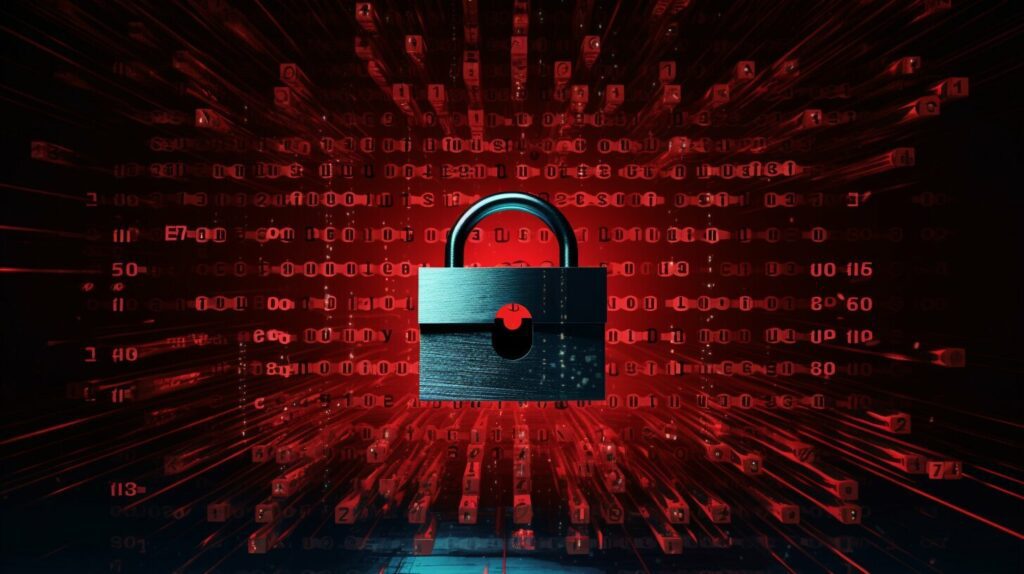
Email Encryption Best Practices
Ensuring the effectiveness of end-to-end email encryption requires adherence to best practices and practical tips. Here are some email encryption best practices to keep in mind:
- Create strong passwords: Use unique and complex passwords for all your accounts and frequently change them to prevent unauthorized access.
- Regular software updates: Keep your email encryption software up-to-date to ensure that it has the latest security patches and features.
- Enable two-factor authentication: Add an extra layer of security by enabling two-factor authentication to verify your identity before accessing your email account.
- Avoid public Wi-Fi: Avoid connecting to public Wi-Fi networks when accessing sensitive email accounts or information. Public Wi-Fi networks can be easily intercepted, and emails can be compromised.
- Be wary of suspicious emails: Avoid opening emails or attachments from unknown senders, as they may contain malware or phishing links designed to steal your personal information.
- Encrypt all sensitive information: Encrypt all sensitive information, including attachments, to ensure the confidentiality and integrity of your data.
- Train employees on email security: Provide regular training to employees on email security to promote awareness and ensure that they understand the importance of end-to-end email encryption.
By following these best practices, you can help to ensure that your email communication remains secure and confidential.
Future Trends in Email Encryption
With growing concerns around data privacy and security, the future of email encryption looks promising. Developers are continuously exploring new ways to enhance email security and offer robust solutions that meet the needs of individuals and businesses alike. Here are some of the future trends to watch out for:
1. Increased Use of AI and Machine Learning
Artificial intelligence and machine learning are already being used to detect and prevent phishing attempts. Going forward, these technologies will be more prevalent in email encryption, with algorithms learning to detect and prevent different types of attacks in real-time.
2. Blockchain-Powered Email Encryption
Blockchain technology offers an innovative solution to email encryption. Using a decentralized approach, blockchain-based email platforms can ensure data privacy, reduce the risk of hacking and tampering, and provide more transparency and control to users.
3. Integration with Other Security Technologies
Email encryption is just one component of a comprehensive security strategy. In the future, email encryption software will more seamlessly integrate with other security technologies, such as firewalls and antivirus software, to provide more robust protection against cyber threats.
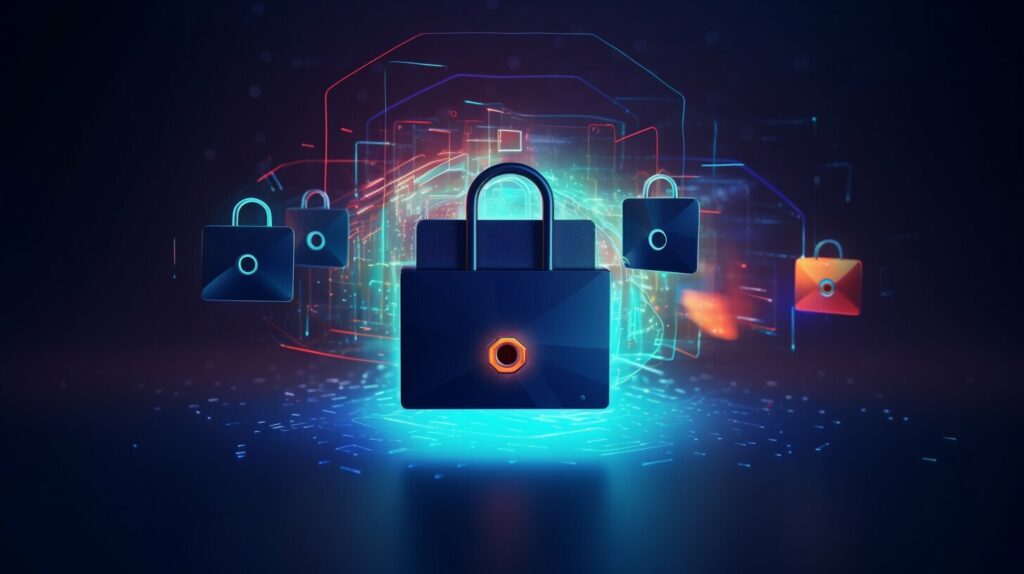
4. Increased Adoption of Two-Factor Authentication
Two-factor authentication (2FA) adds an extra layer of security to email encryption. As more users recognize the importance of 2FA, email encryption providers will make it easier to implement and use, resulting in wider adoption and better protection against unauthorized access.
5. Emphasis on User Education and Awareness
As technology advances, cybercriminals are becoming more sophisticated in their tactics. To stay ahead of the curve, email encryption providers will need to prioritize user education and awareness. This includes providing resources to help users identify potential threats and offering training programs to teach best practices for email security.
As email encryption continues to evolve, it’s crucial for individuals and businesses to stay informed about the latest trends and technologies. By adopting best practices and choosing reliable email encryption software, users can safeguard their privacy and protect sensitive data from cyber threats.
The Role of End-to-End Encryption in Data Protection
End-to-end email encryption is not just crucial for securing email communication; it also plays a broader role in protecting sensitive data. By employing end-to-end encryption, individuals and organizations can safeguard personal as well as business information from unauthorized access.
One of the key benefits of end-to-end encryption is that it ensures that only the sender and the recipient can view the encrypted data. This means that even if a third party gains access to the transmission, they will not be able to read the content without the encryption key.
In addition to email communication, end-to-end encryption is also used to secure other forms of data transmission, including messaging applications, cloud storage, and virtual private networks (VPNs).
With the increasing number of data breaches in recent years, end-to-end encryption has become an essential tool for protecting sensitive information. By encrypting data at rest and in transit, individuals and organizations can mitigate the risks of data theft or leakage.
As technology continues to evolve, end-to-end encryption is expected to play an even bigger role in data protection. From securing Internet of Things (IoT) devices to enabling secure voice communication, there are numerous potential applications for this technology.
Ultimately, end-to-end encryption empowers individuals and businesses to take control of their data privacy and security. By implementing encryption best practices and choosing reliable secure email solutions, users can enjoy the benefits of confidential and uninterrupted communication while protecting their sensitive information.
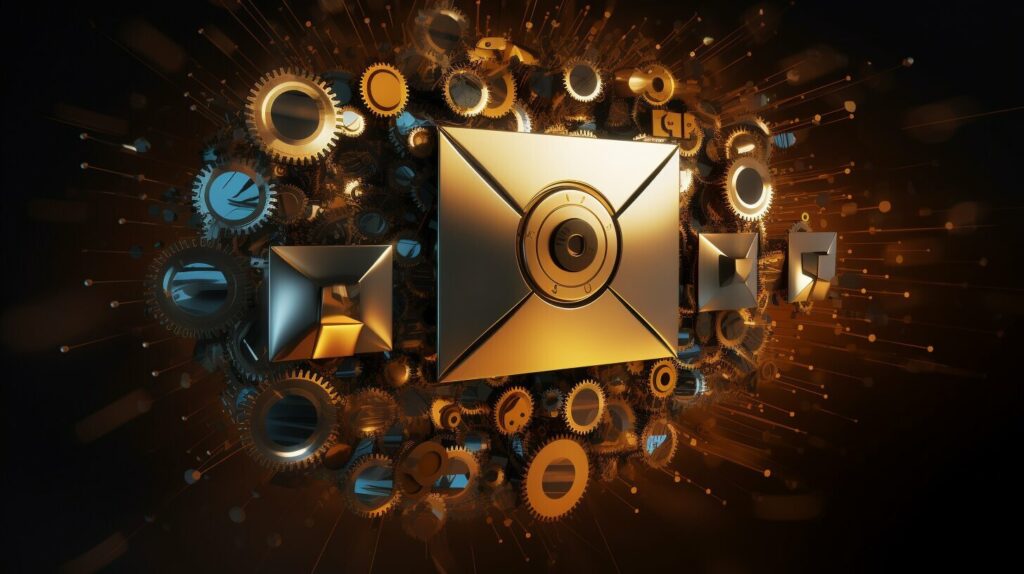
Conclusion
In conclusion, end-to-end email encryption is a crucial security measure that individuals and businesses should implement to safeguard their privacy in the digital age. By encrypting messages from sender to recipient, end-to-end encryption ensures that only authorized parties can access the content of emails. This technology helps prevent sensitive data from being intercepted, hacked, or viewed by unauthorized users.
To ensure secure email communication, it’s essential to choose a reliable and trustworthy secure email provider that offers robust encryption features. By following best practices for email security, such as using strong passwords, enabling two-factor authentication, and keeping software up to date, users can further enhance their protection against cyber threats.
In the future, we can expect to see further advancements in email encryption technology, as well as increased awareness and adoption of secure email solutions. As the business world becomes more reliant on digital communication, it is increasingly important to prioritize data privacy and implement effective security measures to protect sensitive information.
FAQ
Q: What is end-to-end email encryption?
A: End-to-end email encryption is a security measure that ensures the confidentiality of email messages from the moment they leave the sender’s device until they reach the recipient’s device. It prevents unauthorized access to the content of emails, providing a higher level of privacy and data protection.
Q: Why is email privacy important?
A: Email privacy is important because unsecured email communication can be vulnerable to interception and hacking. By implementing email privacy solutions, individuals and businesses can protect sensitive information, maintain the confidentiality of their messages, and prevent unauthorized access to their email accounts.
Q: What are some examples of email encryption software?
A: Some examples of email encryption software include ProtonMail, Tutanota, and Virtru. These secure email platforms offer end-to-end encryption, user-friendly interfaces, and additional security features to ensure the privacy and security of email communication.
Q: How does encrypted message protection work?
A: Encrypted message protection involves encrypting the content of email messages using cryptographic algorithms. The encrypted messages can only be decrypted by the intended recipient with the corresponding decryption key. This ensures that even if the email is intercepted during transmission or stored on an insecure server, the content remains secure and confidential.
Q: What should I consider when choosing a secure email provider?
A: When choosing a secure email provider, it is important to consider factors such as the provider’s encryption methods, user-friendliness of the platform, availability of customer support, and compatibility with other devices and email clients. It is also advisable to research the provider’s reputation and read user reviews to ensure a reliable and secure email communication experience.
Q: What are the benefits of end-to-end email encryption?
A: Implementing end-to-end email encryption offers several benefits. It enhances data privacy by ensuring that only the intended recipient can access the content of email messages. It also provides protection against hacking or interception, reducing the risk of sensitive information falling into the wrong hands. Additionally, end-to-end encryption helps establish trust among users and promotes secure email communication.
Q: What are some email encryption best practices?
A: Some email encryption best practices include using strong, unique passwords for email accounts, regularly updating software and encryption tools, and being cautious of phishing attempts. It is also important to educate users about the importance of email security and encourage them to report any suspicious activity or email threats.
Q: What are some future trends in email encryption?
A: The field of email encryption is continuously evolving. Some future trends include the integration of artificial intelligence to enhance threat detection and prevention, the development of user-friendly encryption methods, and the adoption of blockchain technology for added security and transparency in email communication.
Q: How does end-to-end encryption protect data beyond email communication?
A: End-to-end encryption plays a crucial role in data protection beyond email communication. It can be applied to other forms of digital communication, such as messaging apps and file transfers, ensuring that sensitive data remains encrypted and secure. Additionally, the concepts and principles of end-to-end encryption can be applied to other areas of data protection, safeguarding personal and business information from unauthorized access.


